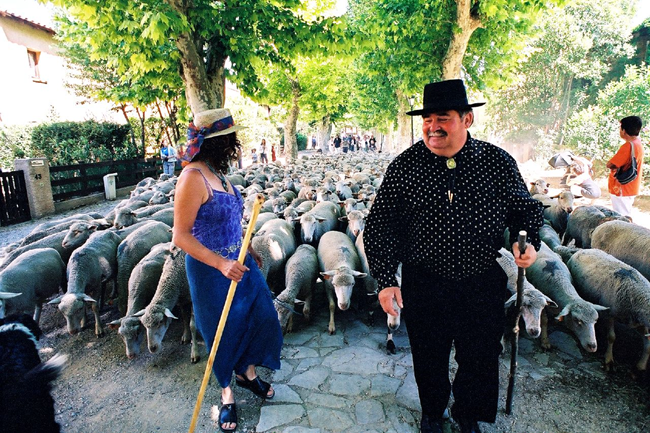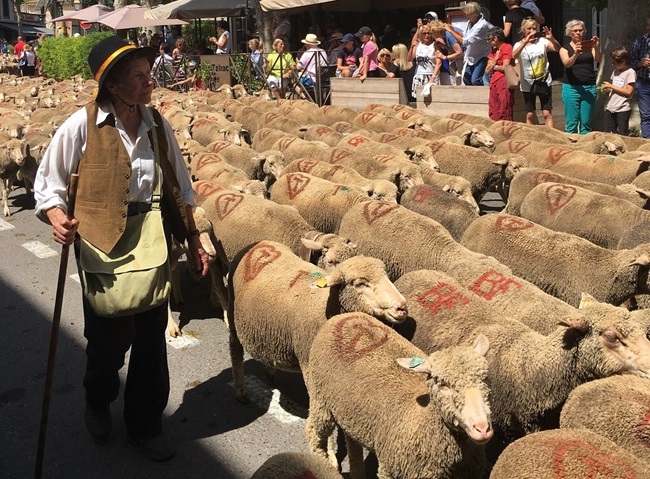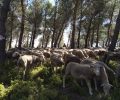The Transhumance, a Part of France Cultural Heritage
For thousands of years, shepherds have moved their flocks seasonally in search of better grazing—a process known as la transhumance. Recently, UNESCO inscribed the European transhumance as a part of the Intangible Cultural Heritage of Humanity. This was the result of years of effort, led by France and Spain, and it recognized the important role that the transhumance plays in ten European countries, namely Albania, Andorra, Austria, Croatia, Spain, France, Greece, Italy, Luxembourg and Romania.
What is the Transhumance?
The transhumance recognized by UNESCO is “the seasonal driving of livestock along migratory routes in the Mediterranean and the Alps” and typically involves sheep, cattle, or goats. It is done to move flocks and herds to higher ground before the hot summer months, to where the weather is cooler and grazing land abundant. In the fall, the process takes place in reverse along the same routes. Men and women move with their animals on foot or horseback, leading with their dogs and sometimes accompanied by their families. The transhumance occurs worldwide, and in Europe the tradition goes back many centuries.
The routes the animals follow can be hundreds of miles long, and even cross borders. For example, the sheep of Provence travel to Italy every year, to higher pastures in the mountainous region of Piedmont. Trucks are sometimes used for part of the route. UNESCO elected to recognize the transhumance because of its cultural importance and how it “shapes the relations among people, the co-existence of humans and animals, and the maintenance of ecosystems through shared rituals and social practices.” It is a form of sustainable agriculture that is important to preserve.
The transhumance is still a living part of French culture, as nearly 8,000 French shepherds practice it, passing knowledge and customs from generation to generation. Local communities are involved as well, with festivals that celebrate the beginning and end of the transhumance. One of the best-known festivals takes place every spring in St-Rémy-de-Provence. Thousands of sheep march through the town’s streets, accompanied by music, shepherds, dogs, and the occasional goat. The festival also includes sheepdog trials and a brocante (antique market.)
Sheep in Paris?
In 2022, to celebrate progress towards UNESCO recognition, French and Spanish shepherds joined together to drive their flocks down Paris’s famous Champs-Elysées. The sight of so many sheep was like nothing this elegant boulevard had ever seen!
Lead photo credit : Transhumance, Les Milles, Provence, France © Wilf James/Flickr
Share to: Facebook Twitter LinkedIn Email
More in French culture, rural life, traditions in France
Leave a reply
Your email address will not be published. Required fields are marked *









REPLY